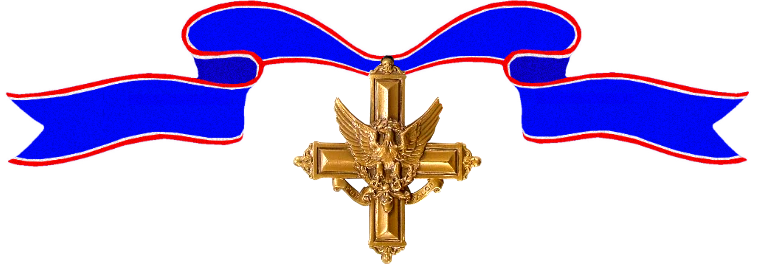Arthur Simons was commissioned into the Army Field Artillery Corps through the Army ROTC program at the University of Missouri on June 10, 1941. During WWII, he served in Australia and New Guinea with the 98th Field Artillery Battalion before joining the 6th Ranger Battalion. He participated with several landings with the Rangers in the Pacific, including participating in the famous Cabanatuan Raid that rescued around 500 POWs who were survivors of the Bataan Death March. In 1970 Simons was selected to be the ground commander of Operation Ivory Coast, a joint special operations effort to rescue American Prisoners of War from the Son Tay prison in North Vietnam. Colonel Simons retired from the Army on July 31, 1971. Ross Perot hired Simons to lead a rescue team into Iran in 1979 to rescue employees of his company EDS. Simons died of heart complications three months after the rescue, on May 21, 1979.

–
Cemetery:
Awards Received
-

Distinguished Service Cross
-
Distinguished Service Cross
Service:
United States ArmyRank:
Colonel (Infantry)Division:
Son Tay Volunteer Task ForceAction Date:
November 21, 1970
Department of the Army, General Orders No. 32 (July 13, 1971)The President of the United States of America, authorized by Act of Congress, July 9, 1918 (amended by act of July 25, 1963), takes pleasure in presenting the Distinguished Service Cross to Colonel (Infantry) Arthur David Simons, United States Army, for extraordinary heroism while commanding the ground element of a joint United States task force on an operation deep in North Vietnam on 21 November 1970. With complete disregard for his own personal safety, Colonel Simons voluntarily participated as a member of a Joint Task Force with the humanitarian mission of rescuing United States military personnel held as prisoners of war at the Son Tay Prison Compound approximately twenty nautical miles from Hanoi, the capital of North Vietnam. In an outstanding display of leadership and personal courage, Colonel Simons led the ground force in the rescue effort. On the ground, the search and rescue element was immediately taken under automatic weapons fire by the enemy. While directing and supervising the operation, Colonel Simons continually exposed himself to enemy fire and, on one occasion, personally took under fire enemy personnel in close proximity to his position. The success of the operation was the direct result of Colonel Simons’ calm and competent leadership in an extremely hazardous situation. His professional conduct instilled confidence in his men and resulted in an outstanding operation. Colonel Simons’ extraordinary heroism was in keeping with the highest traditions of the United States Army and reflects great credit on him and the United States Army.

